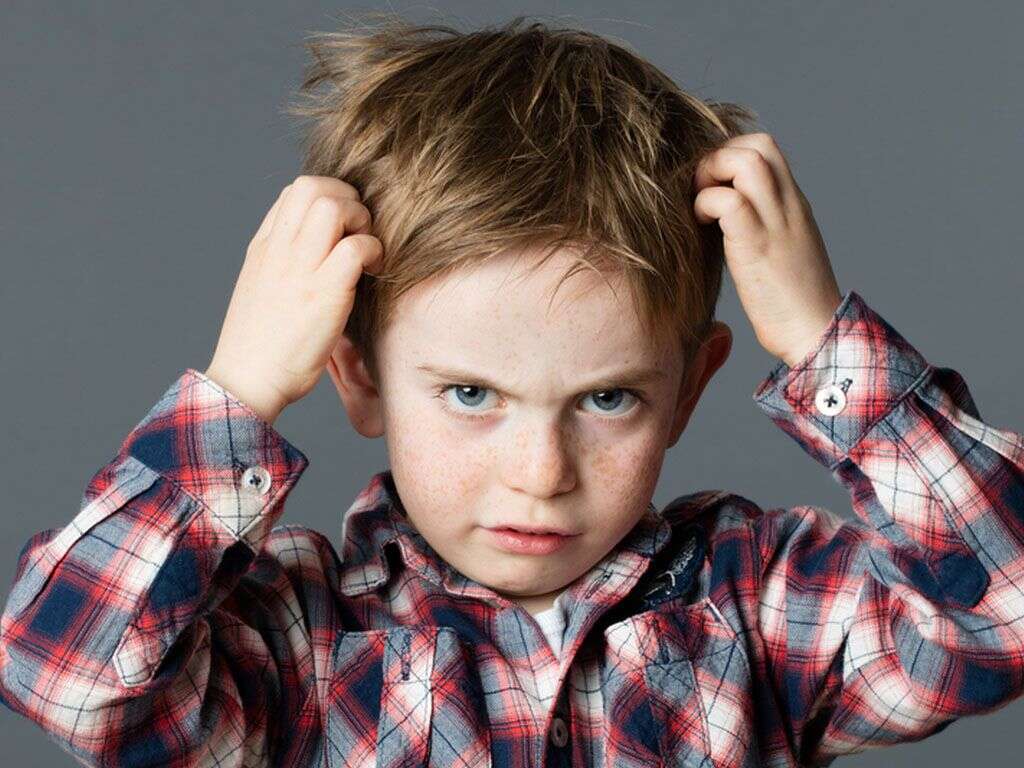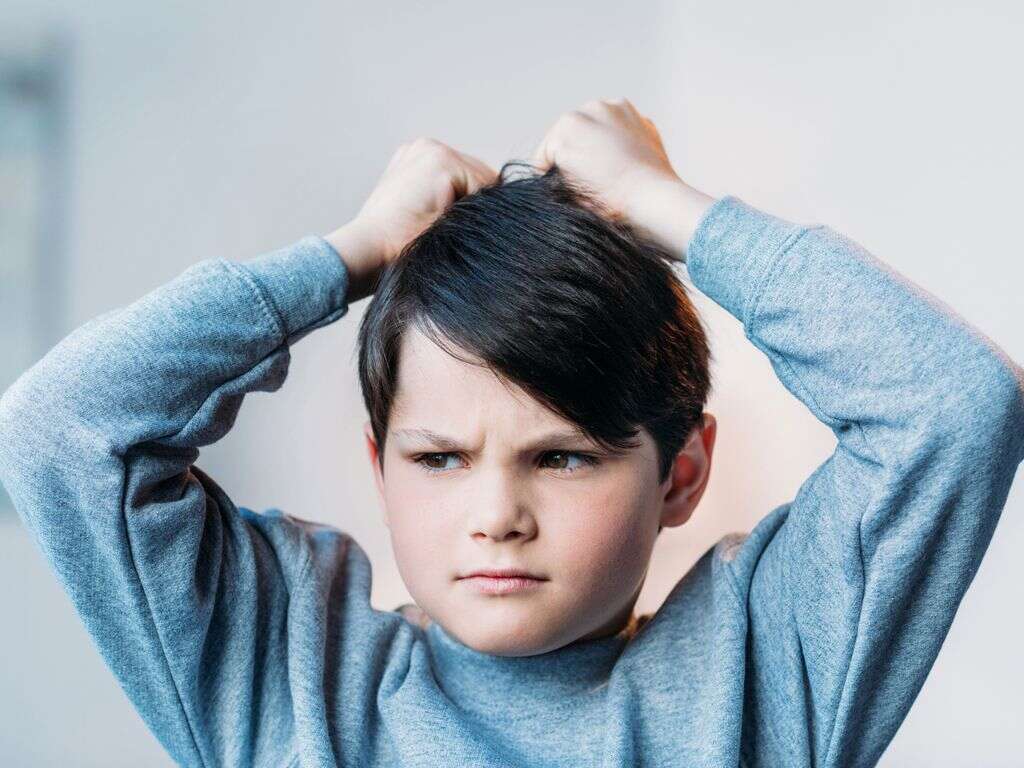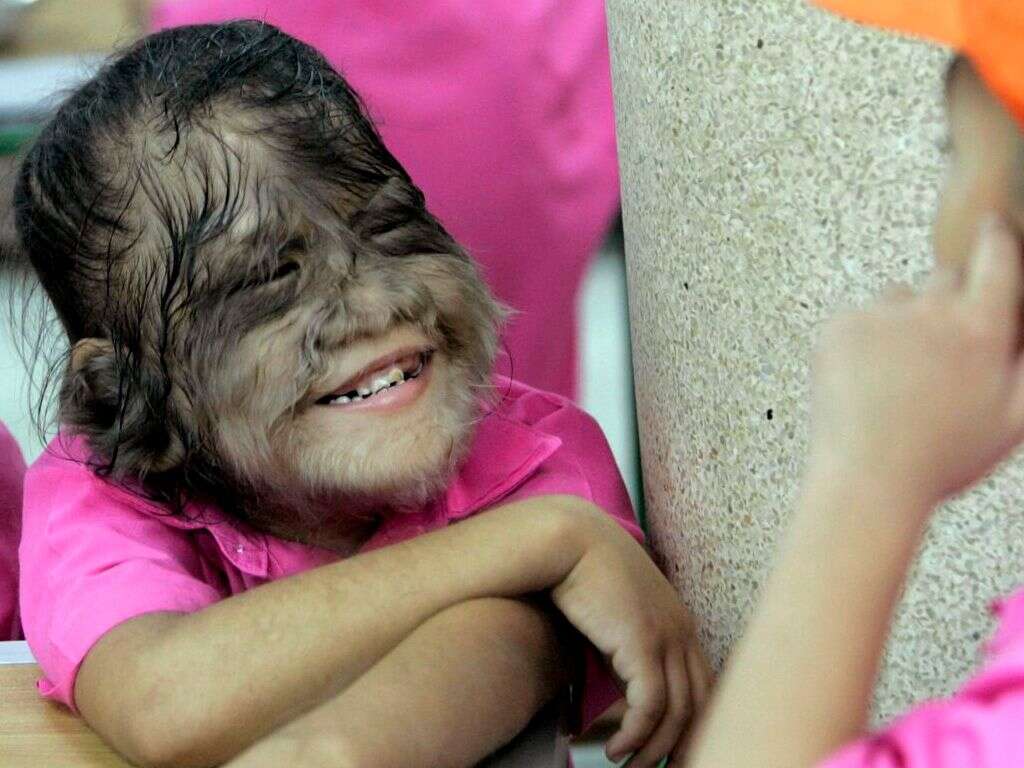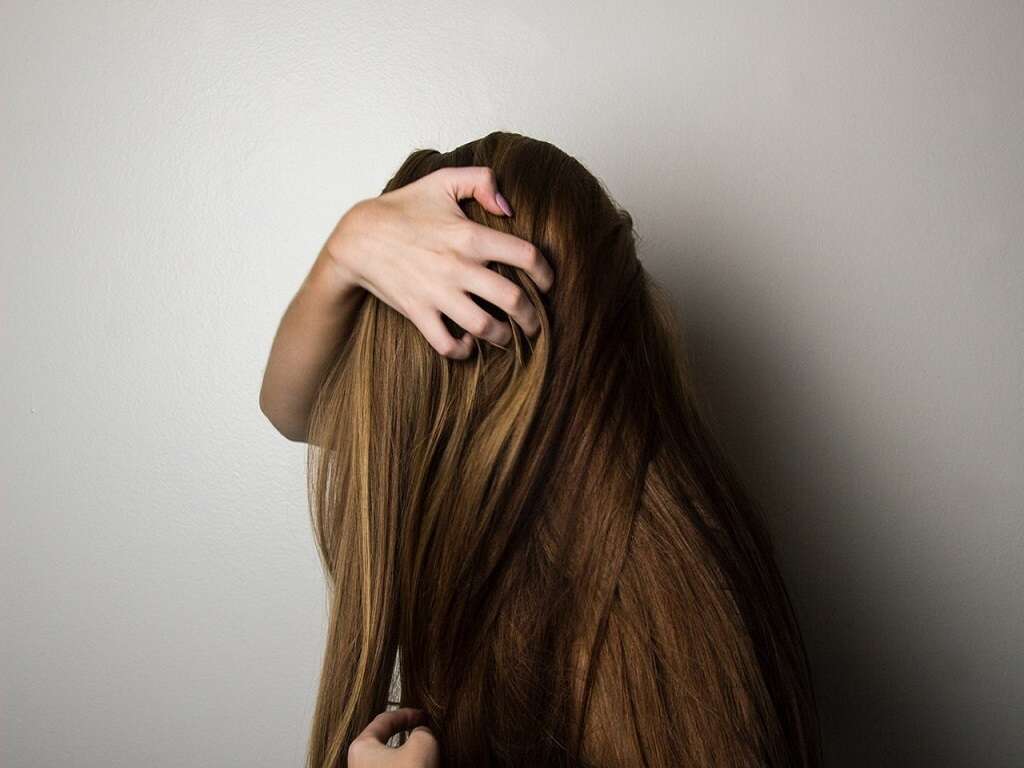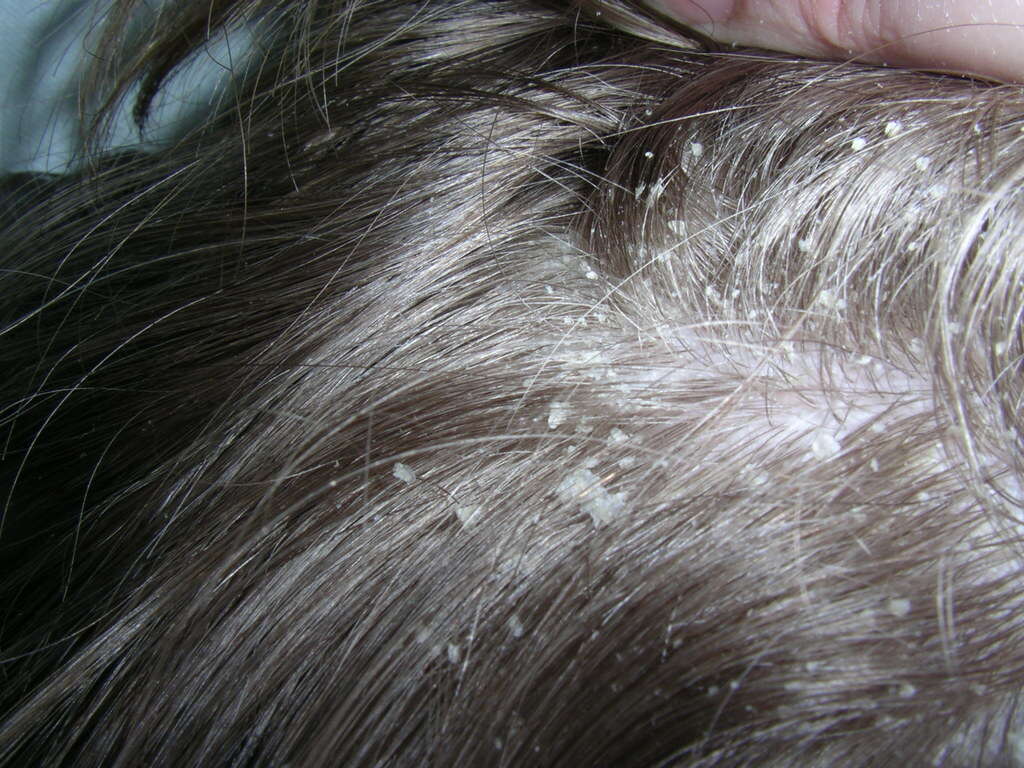10 Uncombable Hair Syndrome FAQs
 Article Sources
Article Sources
- 1. ’Uncombable hair syndrome.’ MedlinePlus. https://medlineplus.gov/genetics/condition/uncombable-hair-syndrome
- 2. Uncombable hair syndrome.’ National Institutes of Health. https://rarediseases.info.nih.gov/diseases/5404/uncombable-hair-syndrome
- 3. ’Bork Stender Schmidt syndrome.’ National Institutes of Health. https://rarediseases.info.nih.gov/diseases/938/bork-stender-schmidt-syndrome
- 4. Hicks J; Metry DW; Barrish J; Levy M. ‘Uncombable hair (Cheveux incoiffables, pili trianguli et canaliculi) syndrome: brief review and role of scanning electron microscopy in diagnosis.’ Ultrastructural Pathology 2001 https://pubmed.ncbi.nlm.nih.gov/11407534
Uncombable hair syndrome, or UHS, is a genetic condition in which a child has dry, frizzy hair that won't lay flat when it's combed. It typically arises from infancy through age three but can appear in children up to 12 years of age. Uncombable hair syndrome appears only on the scalp, and the hair is typically light-colored with a silvery glisten.1’Uncombable hair syndrome.’ MedlinePlus. https://medlineplus.gov/genetics/condition/uncombable-hair-syndrome
With the syndrome, hair grows at a normal pace or a bit more slowly but isn't fragile, despite how it looks. However, aggressive attempts to tame it can break strands and make the hair appear even more unruly.2Uncombable hair syndrome.’ National Institutes of Health. https://rarediseases.info.nih.gov/diseases/5404/uncombable-hair-syndrome
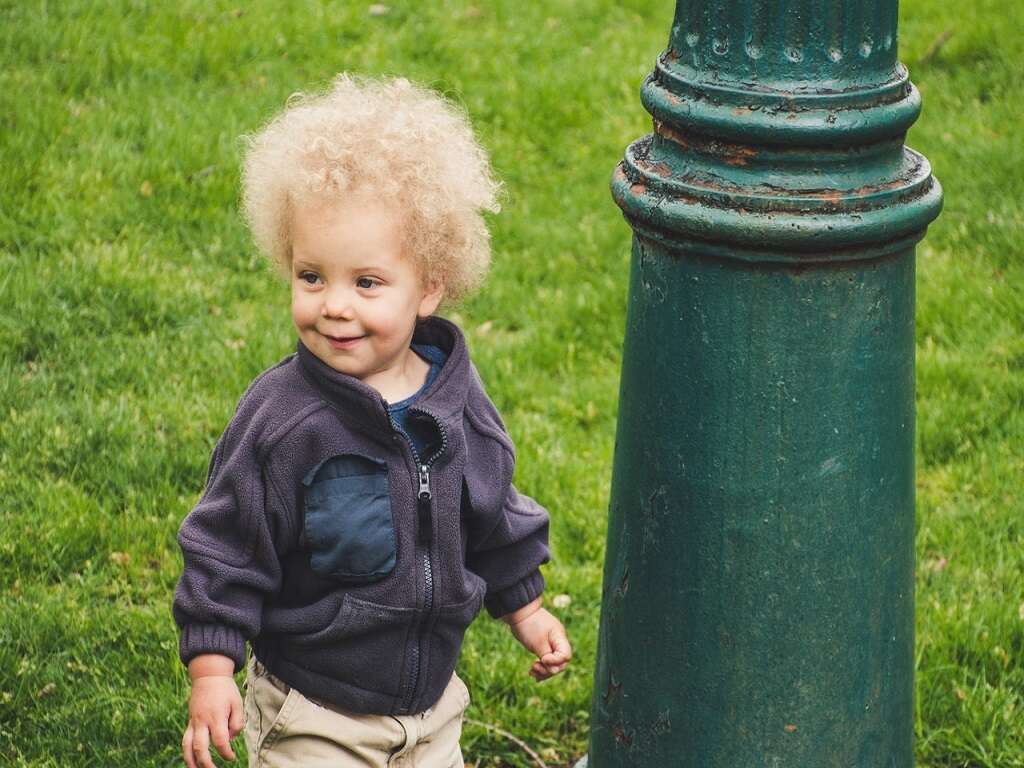
What Causes Uncombable Hair Syndrome?
The condition is caused by a mutation among PADI3, TGM3 or TCHH genes that instruct the body to make proteins, giving hair strands their structure. Where the genetic mutation isn't found, the cause is unknown. Uncombable hair syndrome may also be associated with other genetic conditions involving other genes.
The genetic mutations may skip generations or only appear in one person. Hair shaft abnormalities may be seen in unaffected family members when the hair is viewed under a special microscope. The mutations cause the hair shafts to form abnormal shapes, which give the hair a glistening effect when light shines on it.2Uncombable hair syndrome.’ National Institutes of Health. https://rarediseases.info.nih.gov/diseases/5404/uncombable-hair-syndrome

How Prevalent Is Uncombable Hair Syndrome?
Fewer than 100 cases have been described in scientific literature, but many more may be undiagnosed. The condition usually resolves in adolescence, so many adults may have had it as a child, but it was never reported.
In someone with uncombable hair syndrome, 50 to 100 percent of the hair strands have irregular shapes that cause light reflection differences. One parent may have a mutated gene without symptoms, but if both parents have the mutation, their child is likely to have the syndrome.1’Uncombable hair syndrome.’ MedlinePlus. https://medlineplus.gov/genetics/condition/uncombable-hair-syndrome

What Are the Symptoms of Uncombable Hair Syndrome?
In uncombable hair syndrome, hair grows out of the scalp in multiple directions, standing straight out from the follicle instead of lying flat. The hair is typically light colored and sturdy, and there's usually a normal amount.
About five to 29 percent of affected children have spotty hair loss over parts of their scalp caused by disordered growth.2Uncombable hair syndrome.’ National Institutes of Health. https://rarediseases.info.nih.gov/diseases/5404/uncombable-hair-syndrome Eighty to 99 percent of those with UHS have coarse hair that's described as white or woolly.2Uncombable hair syndrome.’ National Institutes of Health. https://rarediseases.info.nih.gov/diseases/5404/uncombable-hair-syndrome

How Does a Doctor Diagnose Uncombable Hair Syndrome?
Clinicians may be able to base a diagnosis of UHS on the appearance of the hair and its characteristic behavior. A more specific diagnosis is possible using a specialized microscope that reveals an abnormal hair shaft appearance such as kidney, heart or triangular shapes.2Uncombable hair syndrome.’ National Institutes of Health. https://rarediseases.info.nih.gov/diseases/5404/uncombable-hair-syndrome
Several shapes can exist on one hair strand or a combination of shapes may cover the head. Fifty to 100 percent of those affected have irregular shapes. Genetic testing may help determine a definitive diagnosis.1’Uncombable hair syndrome.’ MedlinePlus. https://medlineplus.gov/genetics/condition/uncombable-hair-syndrome
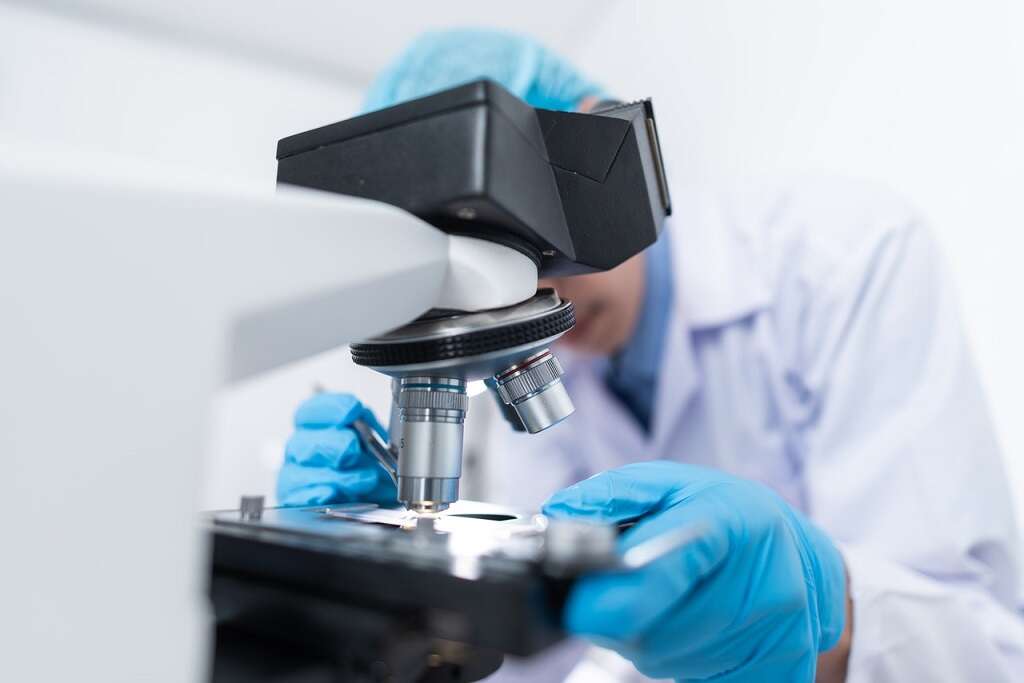
Are There Other Names and Related Conditions for Uncombable Hair Syndrome?
Uncombable hair syndrome may be referred to as UHS, spun glass hair and unmanageable hair syndrome. In France, it's known as cheveux incoiffables.2Uncombable hair syndrome.’ National Institutes of Health. https://rarediseases.info.nih.gov/diseases/5404/uncombable-hair-syndrome
One condition associated with UHS is Bork Stender Schmidt syndrome, which is characterized by dental abnormalities, early cataracts, mild mental deficiency, hyperactivity and shortened fingers. Patients with UHS may also have a cleft lip or palate, or both.3’Bork Stender Schmidt syndrome.’ National Institutes of Health. https://rarediseases.info.nih.gov/diseases/938/bork-stender-schmidt-syndrome Another syndrome associated with UHS is ectodermal dysplasia, which involves varied defects related to skin, hair, teeth and sweat glands.2Uncombable hair syndrome.’ National Institutes of Health. https://rarediseases.info.nih.gov/diseases/5404/uncombable-hair-syndrome

Is There a Treatment for Uncombable Hair Syndrome?
There's no definitive treatment for uncombable hair syndrome, and it commonly improves or resolves on its own by adolescence. Very few people carry the condition over into adulthood. Biotin oral supplements are thought to be helpful for faster hair growth, although more research may be needed to confirm the benefits.
While it's tempting to try to repeatedly tame the hair, it's best to use gentle grooming techniques to prevent breakage. Chemicals and perms may also harm the hair shaft and should be avoided.2Uncombable hair syndrome.’ National Institutes of Health. https://rarediseases.info.nih.gov/diseases/5404/uncombable-hair-syndrome

When Should a Child See a Specialist?
Because there's no specific treatment for the uncombable hair syndrome, it's common for parents to take their child to see a dermatologist for informational and reassurance reasons. A dermatologist may recommend diagnostic techniques, such as examining hair shafts with a special microscope, to provide a definitive diagnosis.
A visit to a geneticist may shed light on the origins of UHS and help determine what other conditions may exist with it. If other conditions do exist, parents may consult other specialists.2Uncombable hair syndrome.’ National Institutes of Health. https://rarediseases.info.nih.gov/diseases/5404/uncombable-hair-syndrome

What Is the Prognosis for UHS?
UHS can be somewhat alarming when it arises in a baby. Parents may seek consultations to obtain information. They may also attempt to control the hair with aggressive grooming methods, such as using chemical products or braiding, which may harm the hair.
The prognosis is good for children with UHS because they commonly grow out of the condition by adolescence. It's not known why this happens, but it occurs in almost all cases of uncombable hair syndrome.2Uncombable hair syndrome.’ National Institutes of Health. https://rarediseases.info.nih.gov/diseases/5404/uncombable-hair-syndrome

Is Research Being Done on Uncombable Hair Syndrome?
Research is ongoing into the genetic causes of uncombable hair syndrome and its associated conditions. Several studies have linked other genetic abnormalities with UHS, and these mutations may result in various conditions.
A study in Ultrastructural Pathology, a peer-reviewed medical journal, describes research using scanning electron microscopy to identify the common hair structures of UHS. The use of this technique may help rule out other hair abnormalities and definitively diagnose the condition.4Hicks J; Metry DW; Barrish J; Levy M. ‘Uncombable hair (Cheveux incoiffables, pili trianguli et canaliculi) syndrome: brief review and role of scanning electron microscopy in diagnosis.’ Ultrastructural Pathology 2001 https://pubmed.ncbi.nlm.nih.gov/11407534
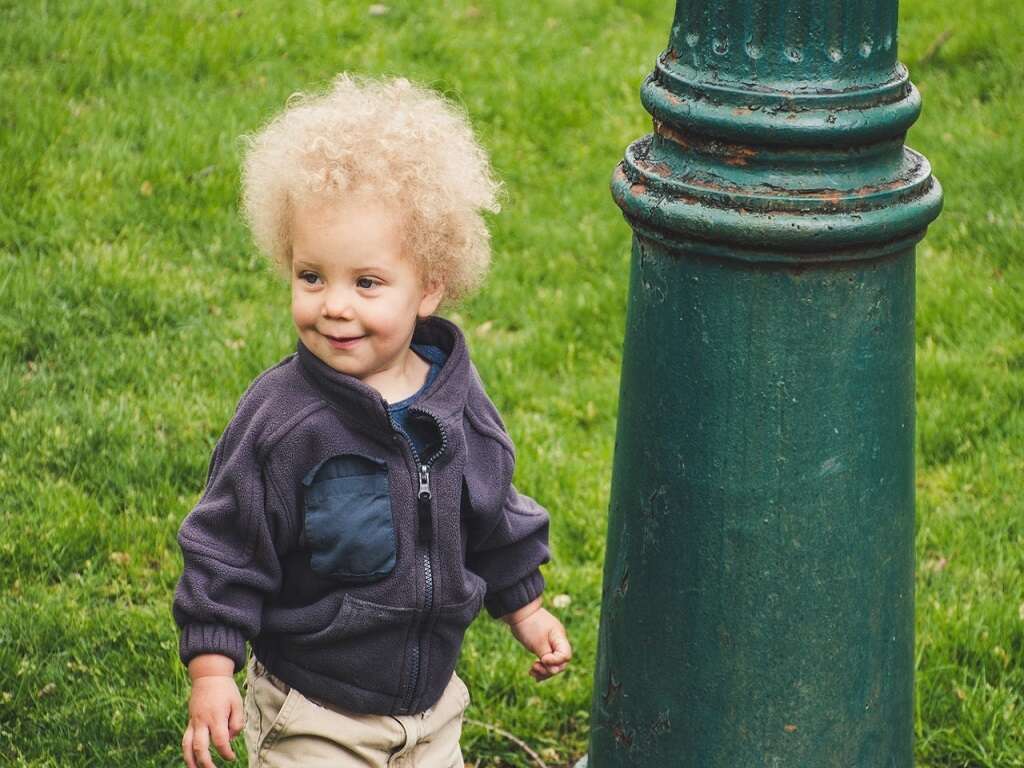
Are There Resources Available To Help Understand and Manage Uncombable Hair Syndrome?
The National Organization of Rare Disorders provides updated information on rare genetic diseases, along with support, advocacy and funding sources. Uncombable hair syndrome and its related conditions are included in the organization's catalog.
Other associations that can offer information and other resources helpful in understanding and managing uncombable hair syndrome include the American Academy of Dermatology and the American College of Genetics. Both of these organizations provide support and education about UHS to families of affected children and physicians.



